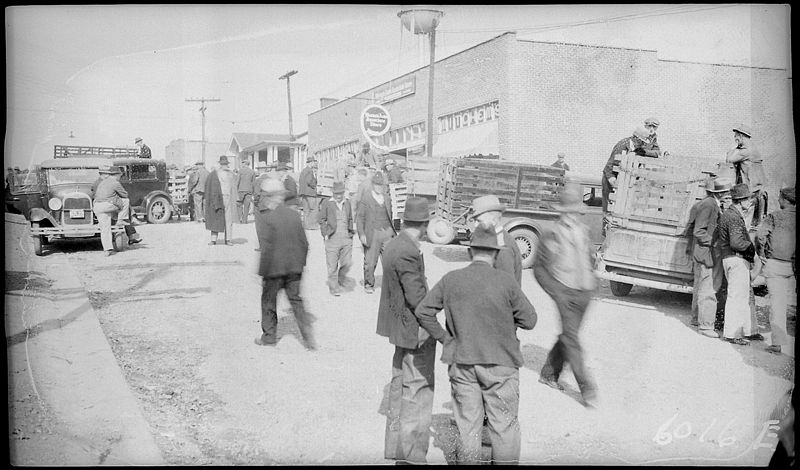The United States is liberally dotted with colleges and universities founded by men and women who made their fortunes there, some of them through less than savory means. Other schools, Duke University for example, were renamed out of respect for major benefactors. In the case of Duke, one of the nation’s leading cancer research centers is somewhat ironically situated at a university liberally endowed from a fortune derived largely from tobacco.
The men and women who opted to create institutions of higher learning did so for differing reasons, including religious, political, and societal motivations. The fortunes used to create the endowments for them were made in equally diverse ways. All of the schools listed here were not only endowed by their founders, but found their personality enmeshed in their philosophy of education. Some remain highly specialized, and all of them are highly selective as regards admissions. They are examples of the desire to build a better America long into the future.

Here are ten of America’s colleges and universities and the stories of the men and women who founded them.

Babson College, Wellesley, Massachusetts
Babson College is known as the Entrepreneurs College, and for good reason. It requires first year students to enroll in a course in which they start, operate, and dissolve a business. The entrepreneurial habit is ingrained in all students through immersion in its lifestyle and potential pitfalls. Babson College is highly regarded among academics and its Masters in Business Administration program is consistently ranked number one in the nation.
It was founded in 1919 by Roger Babson, who wasn’t satisfied with starting just one college. He founded three; Babson College, Webber College in Babson Park, Florida (now Webber International University) and Utopia College in Kansas (now closed). Babson was trained in engineering at the Massachusetts Institute of Technology, where his persistent efforts to include business courses as a part of the engineering curriculum led to the forerunner of the MBA degree.
His fortune was made in the stock market, where he was astute enough to foresee the collapse of the market in 1929. Babson was the author of books describing social and economic problems of the time, eventually publishing more than forty. In 1940 he ran for President of the United States at the head of the Prohibition Party ticket, though his campaign was unsuccessful. President Franklin Roosevelt won his historic third term that year.
Though his fortune was made in trading on the stock market and providing investment counseling to others, Babson also dabbled in inventing, obtaining several patents for a type of parking meter which used the battery of the parked car for its operating power. The invention failed to draw interest from urban authorities. Babson also used his fortune to provide employment for stonemasons and carvers during the Great Depression.
The abandoned community known as Dogtown in Gloucester contained numerous boulders around its former common, and Babson hired unemployed masons to carve inspirational sayings on them, which varied from Help Mother to Keep Out of Debt. The stones became known as Babson’s Boulders and are today part of a recreation area for hikers, bikers, cross country skiers, and picnickers.

